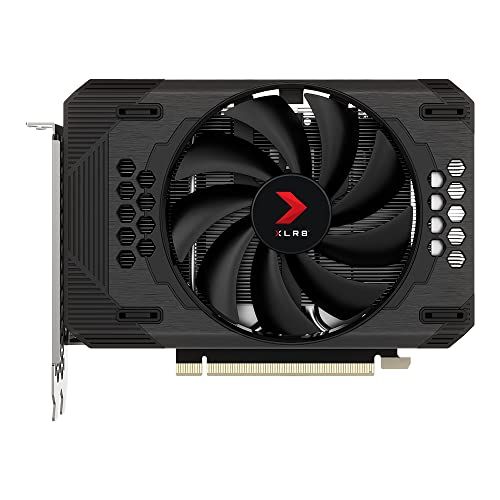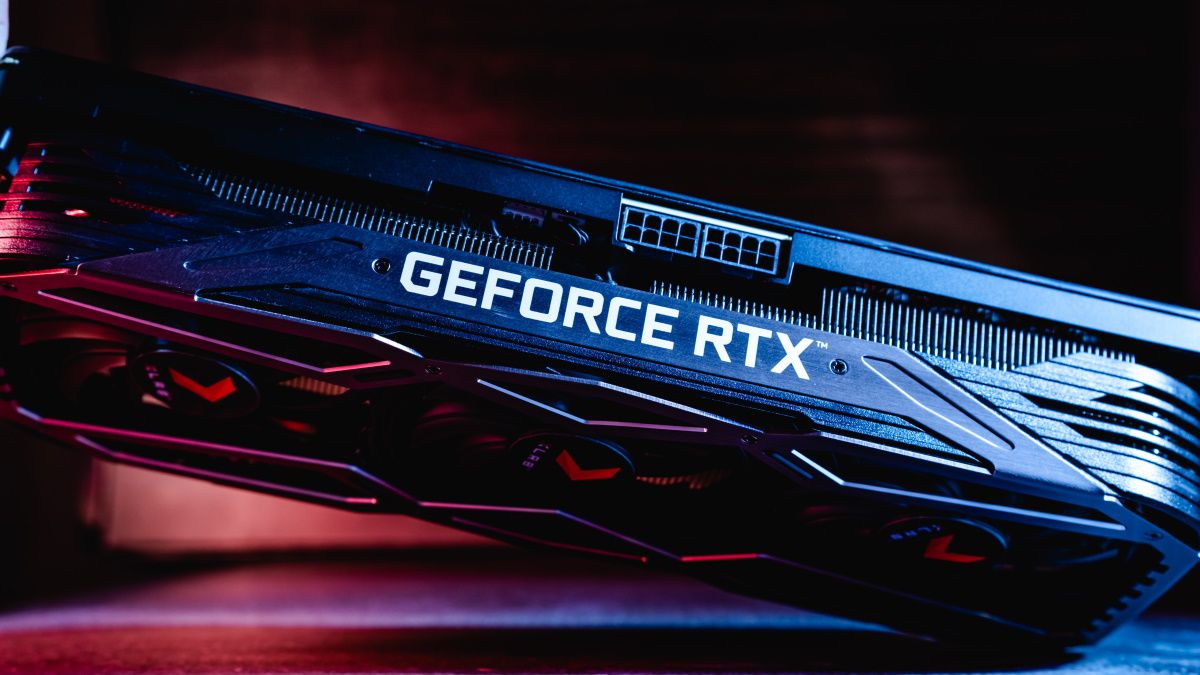Have you noticed? In July 2022, GPU prices are finally reasonable. High GPU prices due to production shortages and increased demand from crypto miners are behind us---at least for now. If you've been waiting to upgrade, now might be the best time to buy. Here's why.
Beat the Next Crypto Cycle
Historically, the Bitcoin market has operated in boom-and-bust cycles over time. The rest of the crypto market is closely tied to the value of Bitcoin, including Ethereum, which can still be mined using GPUs (despite the planned switch to proof-of-stake). High demand for GPUs among crypto miners was one of the reasons why GPU prices were so high until recently. When the crypto market crashed in June 2022, prices of both new and used GPUs dropped dramatically (corresponding with lower demand.) Suddenly, you could find GPUs actually available in retail stores.
In the absence of major government regulation in the US and other countries, the boom-and-bust cycle of crypto may continue in the future---with potentially even greater highs and greater losses, if the cycle pattern continues. In other words, at some point, GPU prices might spike again when demand increases from miners. Even if Ethereum switches to proof-of-stake, some people believe other types of proof-of-work crypto that can be mined on GPUs might take its place.
You might remember that NVIDIA attempted to reduce demand for its GPUs among miners by introducing Lite Hash Rate technology, but this has since been bypassed, allowing miners to still use those graphics cards for mining. Beyond that, the relationship between consumer gaming GPUs and crypto is complex because NVIDIA also produces GPUs specifically for mining crypto, which might affect overall production output if demand for GPUs spikes again in the future.
Currently, signs point to the fact that while there's a lull in the crypto market, it's probably an opportune time to upgrade an older GPU in your gaming PC.
A Possible AI Boom
If crypto cycles weren't enough to worry about for gamers, there's an emerging trend of impressive AI creative tools on the scene, such as OpenAI's Dall-E 2 and GPT-3 (along with competing tech from Google and Meta) that are poised to reach widespread adoption over the next few years. Compared to CPUs, GPUs are great at AI and deep learning tasks because their memory bandwidth and parallelism accelerate the matrix multiplications that are at the heart of many machine learning algorithms.
Currently, the data centers powering many cloud-based AI tools are full of specialized GPU cards for deep learning---both for training (when building a deep learning model) and execution, where people request the model to perform tasks. Demand for GPUs for AI applications is expected to grow dramatically in the near future across a wide swath of industries. And while those data centers might not be using consumer graphics cards, increasing demand may affect production capacity for consumer GPUs in the near future in the form of competition for similar resources.
Also, as machine learning algorithms get more streamlined and efficient, it becomes possible to run more AI models locally on home computers. To do that with any speed, you need a good GPU (or some dedicated neural network circuitry) in your machine. For example, Topaz Labs' GigaPixel AI image upscaling software relies on a GPU in your machine to accelerate the process. It's possible in the near future that image generation and AI assistants will become essential productivity tools, putting extra pressure on the supply of chips and components in GPUs.
So what does the boom in AI mean for GPUs in a nutshell? As long as chip shortages continue (as many experts expect them to), the average price of consumer graphics cards might go up in the future.
Wait For the Next Gen or Buy Now?
There are always upcoming, brand-new GPU models on the way, and you might be tempted to wait for them. If you paid a lot of money for a recent GPU within the last year, waiting might be a good idea. You can probably even skip the upcoming generation of chips for another one coming down the road. You'll probably get years of good use out of your current (recent) GPU.
But if you have an older graphics card and you've been waiting a long time to upgrade, you'll get a huge boost if you buy any contemporary graphics card today, and you can feel good about the purchase while the price hovers around the MSRP and stock is available. For example, we have a GTX 1060 in one machine that we just upgraded to an RTX 3060 for around $400. It felt like a very reasonable upgrade, and the card will be useful for years.

PNY GeForce RTX 3060 12GB XLR8 Graphics Card
A compact NVIDIA graphics card ideal for updating an older GPU if you're on a budget.
That's just one example, of course: Take a look at Amazon, Best Buy, or your store of choice, and you'll find lots of GPUs for much more reasonable prices than they were just a few months ago.
No one can predict the future, but we can read the signs of the present. Judging by historical trends, GPU prices have been volatile, and prices for graphics cards are arguably reasonable right now. So if you have an ancient GPU that needs upgrading, we believe you would not be making a mistake if you bought a new GPU today.
If you wait for the next-gen in GPUs to upgrade---or wait for any other reason---a natural disaster, economic incident, chip shortages, an upswing in crypto, a rush on AI applications, old-fashioned scalping, first-generation bugs, or other factors might hideously spoil your plans. Or they might not, but you can't lose if you get a great graphics card you can use for years to come.
Good luck, and stay safe out there!

